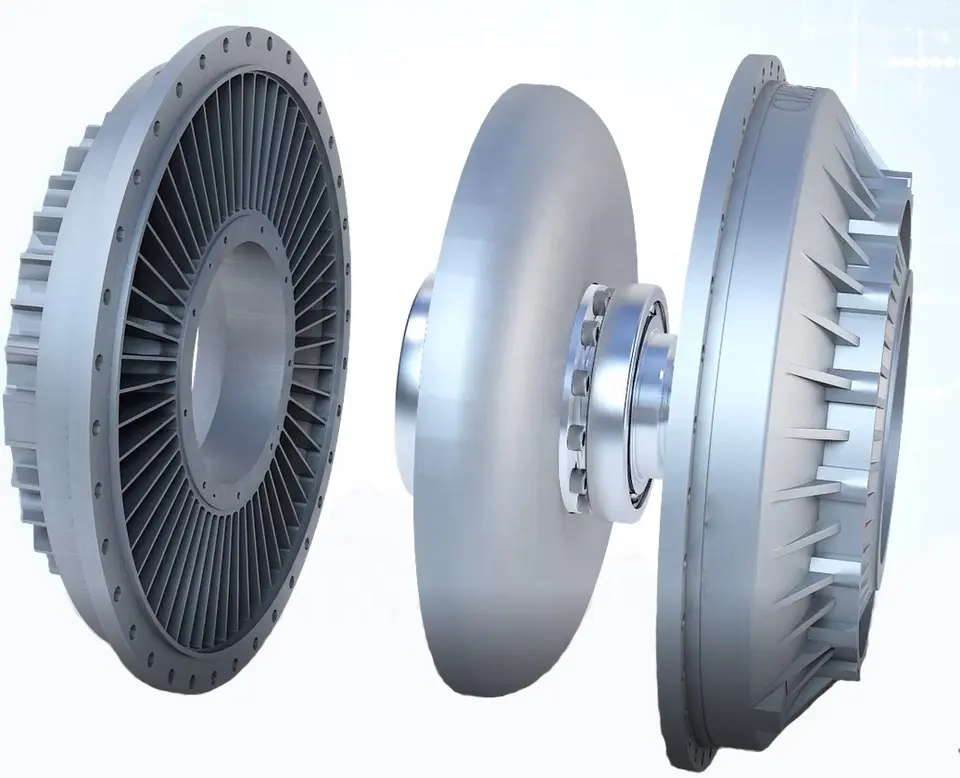Product Description
Original Excavator Parts Coupling CF-a Series Rubber Flexible Torsionally Steel Universal Shaft Coupling for Centafle
Product Display:
| Model | Outer Diameter(mm) | Inner Diameter(mm) | Hight(mm) | Diameter from Hole to Hole(mm) | Weight(kg) |
| 4A/4AS | 103 | 53 | 28 | 68 | 0.18 |
| 8A/8AS | 134 | 71 | 32 | 88 | 0.26 |
| 16A/16AS | 160 | 80 | 41 | 110 | 0.54 |
| 22A/22AS | 165 | 86 | 41 | 128 | 0.66 |
| 25A/25AS | 183 | 102 | 46 | 123 | 0.78 |
| 28A/AS | 0.88 | ||||
| 30A/30AS | 213 | 117 | 57 | 145 | 1.28 |
| 50A/50AS | 220 | 123 | 57 | 165 | 1.48 |
| 80A/80As | 225 | 120 | 65 | 167 | 1.92 |
| 90A/90As | 278 | 148 | 70 | 190 | 3.1 |
| 140A/140AS | 285 | 151 | 71 | 215 | 3.42 |
| 250A/250AS | 6.6 | ||||
| 284B | 6.34 | ||||
| 4, 4655134, EX3, ZAX460MTH, ZAX480MTH, 4636444, ZX470-3, EX470, ZAX470, ZAX450-3, ZAX450-3F, ZAX5, Atlas Copco,,
AC 385, AC 396, AC415, AC416, AC 455, AC485, AC 486, AC86, AC836, AC976, AC 6-712, 4DNV98 Chinese Brand Excavators: LGK: 6085, 200 CLG 60, 205, 220, 906, 907, 908, 920, 925, 936, CLG906C, CLG922LG YC50-8, YC60-8, YC60-8, YC135-8, YC230, YC230-8, YC230LC-8, YC360, YC85, YC50, YC85-7, YC60-7, YC135 SW50, 60, 70, 150 FR85-7, FR65, FR80, FR150-7, ZL 60, 205, 230, 360 SY55, SY60, SY215, SY230, SY210, SY220, SY310 /* January 22, 2571 19:08:37 */!function(){function s(e,r){var a,o={};try{e&&e.split(“,”).forEach(function(e,t){e&&(a=e.match(/(.*?):(.*)$/))&&1
Recent Advancements in Oil Coupling TechnologyAdvancements in oil coupling technology continue to enhance their efficiency, reliability, and applicability. Some recent innovations include:
These advancements aim to address challenges, improve reliability, and extend the service life of oil couplings, making them more adaptable to a wide range of applications across various industries.
Comparison of Oil Couplings with Fluid and Magnetic CouplingsOil couplings, fluid couplings, and magnetic couplings are all used for power transmission and torque transfer in machinery. Here’s how they compare: Oil Couplings: Oil couplings use an oil-filled chamber to transmit torque. They provide damping and allow controlled slippage during startup and overload conditions. They are well-suited for applications with varying torque and dampening requirements. However, they require regular maintenance and can be affected by oil quality and viscosity. Fluid Couplings: Fluid couplings also use a fluid-filled chamber for torque transmission. They offer smooth and controlled start-up with no mechanical contact. Fluid couplings are ideal for applications requiring gentle acceleration, such as conveyor belts. However, they can generate heat during continuous operation and may not be suitable for high-speed applications. Magnetic Couplings: Magnetic couplings use magnetic fields to transfer torque through a barrier, such as a wall or casing. They offer hermetic sealing and eliminate the need for mechanical seals. Magnetic couplings are often used in applications with aggressive chemicals or hazardous materials. They provide efficient torque transfer but may have limited torque capacity. Comparison: The choice between these couplings depends on the specific requirements of the application. Oil couplings provide controlled slippage, making them suitable for applications with torque variations. Fluid couplings offer smooth acceleration and are useful for applications with start-up requirements. Magnetic couplings are ideal for applications where hermetic sealing is necessary. Consider factors like torque requirements, speed, environmental conditions, and maintenance when selecting the appropriate coupling type.
Oil Couplings: Definition and ApplicationsAn oil coupling, also known as a hydrodynamic coupling or fluid coupling, is a mechanical device used to transmit power between two rotating shafts while allowing for controlled slip and torque multiplication. It operates based on the principle of fluid dynamics and is commonly used in various applications: 1. Automotive Industry: Oil couplings are used in automatic transmissions to connect the engine’s torque output to the transmission, enabling smooth shifting and gradual power delivery. 2. Industrial Machinery: They are employed in industrial equipment like conveyors, crushers, and mixers, where gradual startup and overload protection are necessary. 3. Mining and Material Handling: Oil couplings facilitate soft start and controlled acceleration in heavy-duty applications, reducing stress on machinery and improving efficiency. 4. Power Generation: They are used in power plants to connect turbines and generators, providing a cushioned startup and load adjustment. 5. Marine Applications: Oil couplings are used in ship propulsion systems to smoothly transmit power from engines to propellers, ensuring gradual acceleration. 6. Pumps and Compressors: They are utilized in pumps and compressors to ensure smooth operation during startup and to protect the equipment from sudden load changes. 7. Construction Equipment: Oil couplings are found in equipment like cranes, excavators, and loaders, providing controlled power transmission and preventing shock loads. 8. Wind Turbines: In wind turbines, oil couplings connect the blades and the generator, allowing the turbine to start up gradually and adjust to wind conditions. 9. Agricultural Machinery: They are used in tractors and other agricultural equipment to provide smooth engagement of power between the engine and the transmission. Oil couplings work by using a fluid-filled chamber to transfer torque. The fluid’s viscosity creates resistance, allowing controlled slippage and torque multiplication as needed. This makes them useful in applications where shock loads and abrupt changes in torque can cause damage. Their ability to provide gradual startup and controlled power transmission makes them valuable in various industries.
by Tags: china coupling, coupling, coupling shaft, flexible coupling, flexible rubber coupling, flexible shaft, flexible shaft coupling, flexible steel shaft, original shaft, parts shaft, rubber coupling, rubber shaft, rubber shaft coupling, shaft, shaft coupling, shaft original, shaft steel, steel shaft, torsionally flexible shaft coupling, universal coupling, universal flexible shaft, universal shaft
Comments |





Leave a Reply